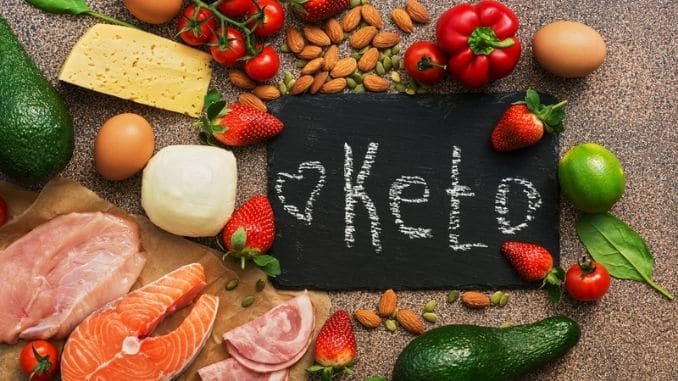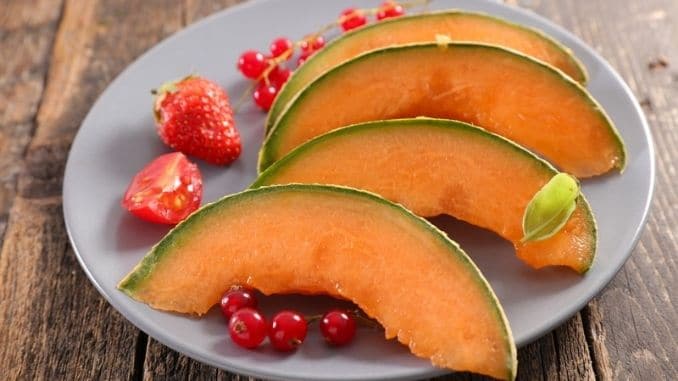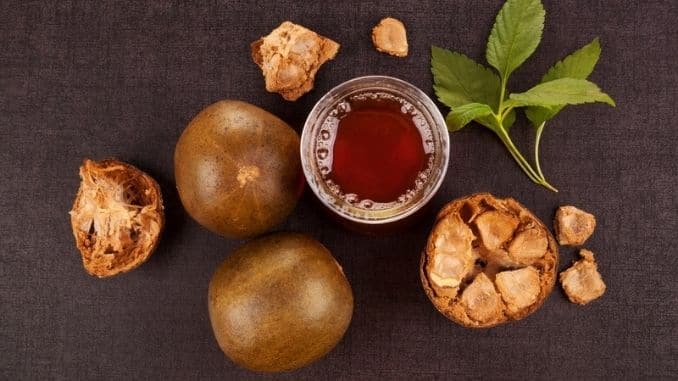
What Is the Keto Diet?
The ketogenic diet, also known as the keto diet, was first developed as a therapeutic diet in the 1920s, to treat epilepsy in children. The keto diet was also successful in treating adult epilepsy, but it had a higher cure rate in pediatric cases. When anticonvulsant medications were introduced in the 1940s, the ketogenic diet became less popular for use in seizure prevention.
While the diet is still used in epileptic patients who don’t respond well to anticonvulsant medicine, we mostly hear about the ketogenic diet today for its stellar weight-loss benefits. It also seems to help folks with type 2 diabetes, insulin resistance, and chronic inflammation.
Keto Diet Basics
In a nutshell, the classic ketogenic diet is made up of a four-to-one ratio of healthy fat to protein and carbohydrates combined. For most people, 20 to 50 carbohydrates each day is acceptable on the plan. The keto experts at Keto Resource say there are five basic types of ketogenic diets.
Standard Ketogenic Diet
This is the most common type of keto diet. Your food intake is broken down to include only 5 percent carbohydrates, 20 percent protein, and 75 percent healthy fats.
Cyclical Ketogenic Diet
The cyclical keto diet is for a long-term keto lifestyle. You cycle in and out of ketosis as a way of resetting your metabolism. Most people who use the cyclical method eat a low-carb diet ― 5 percent of total intake ― for five days a week. Then, they eat a higher amount of unrefined carbohydrates for the remaining two days. It isn’t recommended to stay in ketosis for more than 30 days at a time. Cycling out of ketosis helps your body refill its glycogen stores to benefit your muscles and liver.
Targeted Ketogenic Diet
The targeted keto diet is specifically for high-intensity athletes or bodybuilders. When using the targeted keto diet, athletes can take in larger amounts of easily digested carbohydrates just before an intense workout. This isn’t the best diet for an average jogger. Rather, the targeted plan works well for hardcore gym rats and professional athletes.
High-protein Ketogenic Diet
While the standard keto diet consists of just 20 percent protein, the high-protein plan includes 35 percent protein, 60 percent fat and 5 percent carbohydrates. The high-protein keto diet is best for people who struggle with obesity and is normally used for a short period of time. Most users will ultimately transition into a standard ketogenic diet after using the high-protein plan under the guidance of a healthcare practitioner. Protein is essential to any ketogenic diet, but too much will cause your body to fall out of ketosis.
Restricted Ketogenic Diet
Most often practiced under the care of a physician, the restricted keto diet is a low-calorie, very low-carbohydrate regiment. The restricted keto diet is the best form of keto for fighting cancer. It starts with a three-day fast. Calories are restricted, based on the ideal weight of the participant. Carbs are generally limited to around 12 grams each day.
What Is Ketosis?
Ketosis is a natural metabolic state that the body will adapt when it begins using stored fats for its energy source instead of glucose. The body normally burns glucose from high-carbohydrate foods for energy. When those carbohydrates are seriously limited in the diet, the body will find another energy source. As the body burns stored fat, many keto dieters report mental clarity and better focus as well as significant weight loss.
Keto Snacks to Keep in Stock
Although it may be fairly easy to modify your meals for a ketogenic diet, when the munchies come, it’s often another story. The keto pros stick to a rotation of satisfying, low-carb snacks:
- Nuts
- Pickles
- Olives
- String cheese
- Pork rinds
- Sardines
- Cherry tomatoes
- Jerky
- Hummus with vegetables
- Sliced cucumber
- Celery with nut butter
- Pumpkin or sunflower seeds
- Boiled eggs
Eating Out on the Keto Diet
Unlike many other diets, it’s easy to eat out while practicing the standard ketogenic diet. Restaurants that serve breakfast all day long are fantastic. Omelets are the perfect keto-friendly food. In fact, just about any crustless egg dish is a wonderful choice for keto dieters.
Most restaurant salads are good options as well, particularly with a simple vinegar and oil dressing. Tuna salad in a lettuce wrap, instead of bread is virtually carbohydrate-free.
Fish is generally a good choice for the main dish. Just replace the starchy sides with seasonal mixed vegetables or a side salad. Grilled tofu or portabella mushrooms are perfect for vegetarians on the keto diet.
Acceptable Fruits for the Keto Diet
Fruit is not banned on the ketogenic diet. Low-carbohydrate fruits like berries, melons, apricots, and small citrus fruits are good choices for keto dieters. Pass on higher carb fruits like grapes, bananas, and mangoes for now.
Vegan Options for the Keto Diet
The internet is filled with great meat and egg recipes for the keto community. However, vegans and meatless dieters can thrive on a ketogenic diet. Avocados are a wonderful staple for keto dieters. Nuts and whole soy products ― in moderation ― are also good choices. Most vegetables are great on keto plans including cauliflower, asparagus, cabbage, and green bell peppers.
Keto Beverages
Alcohol is a no-no on the ketogenic diet unless you’re drinking hard liquor, which poses other health problems. Juices and sugar-sweetened drinks are also disallowed.
Besides water, the best drinks for keto dieters are sparkling water, unsweetened iced tea, hot green tea, and coffee.
Adequate Nutrition
Because of the dietary restrictions, certain nutrients may be limited while you’re on a ketogenic diet. Make sure you are taking a high-quality multivitamin each day. Fish oil, or a potent omega-3 supplement, is also a good idea. Finally, it’s important to make sure you’re staying on top of your electrolytes like sodium, potassium, magnesium, and calcium during this time.
Keto Sweeteners
There are plenty of good, low-carb and carbohydrate-free sweeteners on the market today. It’s very likely that your grocery store is already stocking them.
Sugar alcohols like sorbitol, xylitol and erythritol have a very similar taste to sugar without the drastic insulin response. Sugar alcohols are made from different types of sugar, but they contain no alcohol or sugar. They are indigestible, so many of them do cause gas, bloating and an upset stomach. However, erythritol seems to be better tolerated for most people unless it is eaten in very large amounts. For the most part, researchers have deemed sugar alcohols as generally safe for consumption.
Another excellent way to sweeten foods without carbohydrates is monk fruit extract. Monk fruit was first discovered by Buddhist monks in the 1300s, hence the name. Its juice is sweeter than sugar and has a mild, pleasant taste. Monk fruit is becoming more popular and is recognized as a safe food by the United States Food and Drug Administration.
Stevia is also an excellent choice for sweetening food. It’s natural and easy to grow in your own backyard. Some people don’t care for the aftertaste from stevia. If you put a little pink Himalayan salt in the dishes that you sweeten with stevia, that aftertaste is not as prevalent.
Brown rice syrup is another sugar alternative. It does contain some carbohydrates, but not nearly as much as sugar. It’s a good choice in moderation and used sparingly.
Ketone Testing
To make sure you’re doing it right, after a few weeks on the keto diet, you may want to buy a pack of ketone testing strips. You can test for ketone levels in your urine at home. Testing is helpful, especially in the beginning stages of your ketogenic diet. It can help you determine if you are getting the right amount of protein and carbohydrates in your diet. Too much of either can be a detriment.
Cure the Keto Constipation
High-carbohydrate foods are often full of good fiber. When you first begin a keto regiment, it isn’t unusual to suffer a bit of constipation. There are a few ways to cure what is known as the “keto constipation.”
First, make sure you are getting plenty of fresh, clean water every day. You may need more than normal while you’re striving for ketosis. It’s also a good idea to add in a pinch of salt to your water for better electrolyte balance.
Next, make sure you are getting enough fat. Fat is the key to a successful ketogenic diet. And it also helps improve your overall digestion.
Finally, eat more salad. Leafy greens and fibrous vegetables will get things moving digestively and keep you very healthy while you’re practicing the ketogenic diet. Top your salad with berries and flaxseeds for even more fiber.
Ketogenic Bliss
It’s easy to see why the keto diet has been around for so long and has again, gained popularity during the past few years. It isn’t restrictive, makes you feel great and helps you lose belly fat. These best practices can help you master the keto diet and stay in ketosis without a lot of hassle.
For your guide to the best foods to heal your body, check out The Best Foods that Rapidly Slim & Heal in 7 Days, here!






